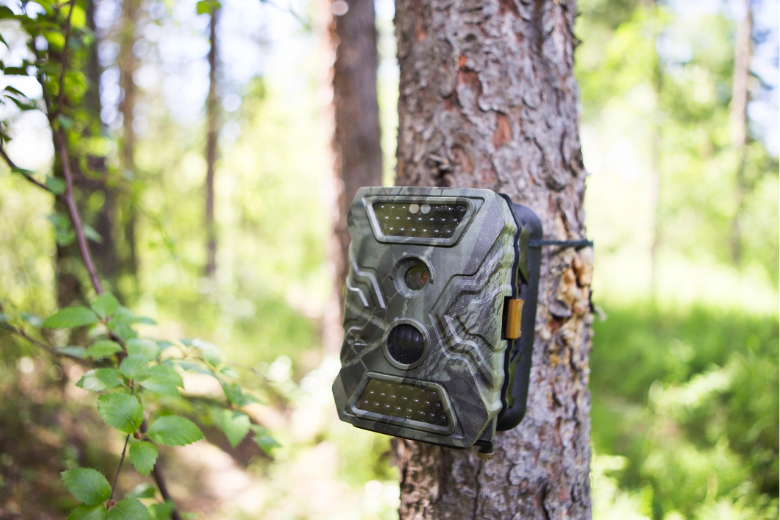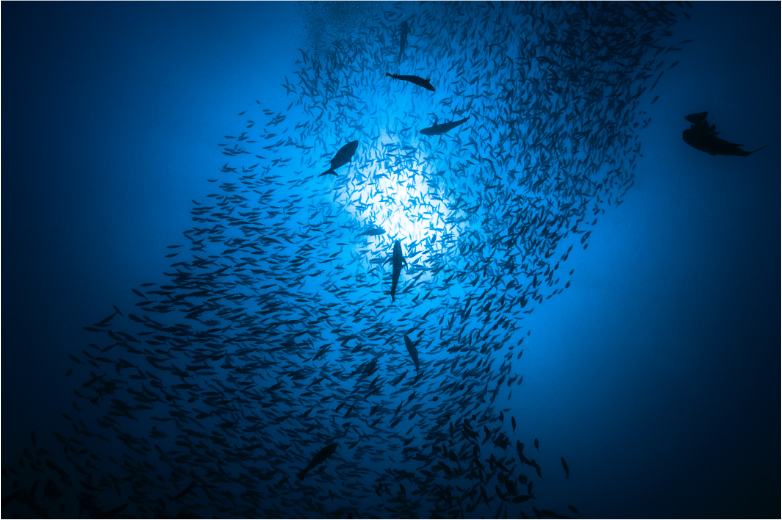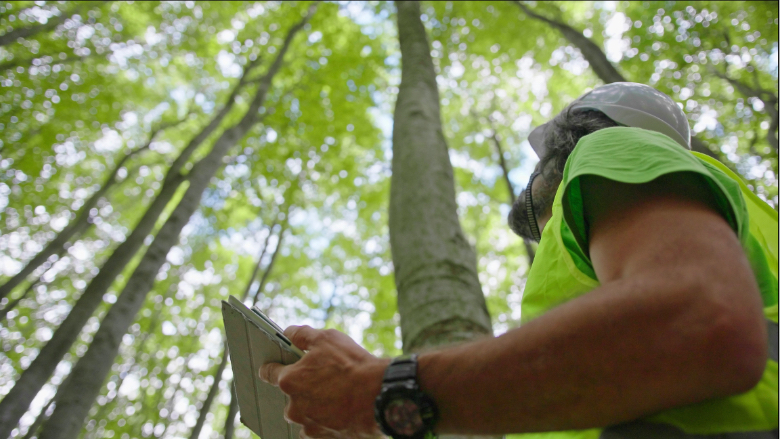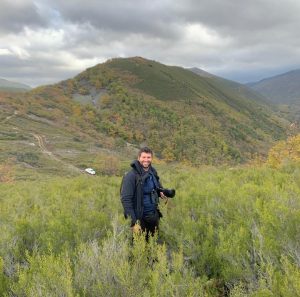He has dedicated his life to the conservation of nature, particularly the ecological processes that determine the distribution and abundance of animal populations in space and time. Guillermo Fandos (Madrid, 1988) is a biologist specialising in zoology with a Masters in Conservation Biology. “The ultimate goal of my research is to move towards a more reliable predictive ecology and, consequently, to provide critical knowledge to better support the conservation of biodiversity,” he says. But he is much more than what he says. You could say he is a conservation statistician: “I see myself as a mix of field biologist and data geek, who enjoys working with large datasets and applying new statistical methods to answer questions in conservation biology.”

“In my research, I combine different types of data and methodological approaches to build a more integrative ecological science that can delineate the processes that govern biodiversity responses to environmental change at or across different spatial and temporal scales.” He explains the ultimate key to all of this: “By better understanding why species are where they are, we can improve predictions of how this will change in the future and contribute to finding solutions to the great challenges of conservation biology of our time. Identifying biases in existing biodiversity data and their causes.”
Fando explains that he has been working on how biodiversity information is distributed in space and time, and how we can overcome these biases by applying statistical models to data collected on individuals, populations and communities.
“If we better understand why species are where they are, we will improve predictions about how this will change in the future, finding solutions to the great challenges of conservation biology of our time”
For this biologist, a passion for conservation is in his blood. And, as is so often the case, education determines one’s career path. Fandos recalls that his parents instilled a passion for nature in him from an early age, telling him that his rattle was the branches of the pine trees in the Sierra de Cazorla. Also the son of a biologist, he says that his father aroused his interest in biodiversity, and, above all, “the more critical aspect of analysing the interactions between species and their relationship with the environment that surrounds them.” Academically, he stresses that his thesis supervisor, José Luis Tellería, has always been a point of reference in his career as a researcher and teacher.

Returning to his research, what steps should be taken to move towards a more reliable predictive biology? “We are at a time when global nature monitoring networks are rapidly improving our ability to observe and understand patterns of biodiversity change around the world,” says Fandos. “However,” he warns, “unlike climate science, biologists do not have shared and comprehensive modelling frameworks to predict biodiversity change in space and time.”
“There is an urgent need to develop accurate models to predict biodiversity change, identify data needs, target effective conservation strategies and prioritise the conservation of the most threatened species and ecosystems”
For this reason, he argues, “there is an urgent need to develop accurate models to predict biodiversity change, identify data needs, target effective conservation strategies and prioritise the conservation of the most threatened species and ecosystems. In short, modelling has become more essential than ever to turn data into conclusions that support conservation decisions.”

It is worth mentioning here the important role that technological development plays in advancing biodiversity monitoring and modelling. For example, there are elusive animals that are difficult to observe. “However, the development of passive monitoring tools, such as camera traps or sound recorders, which continuously record wildlife activity over time, has led to a boom in the monitoring of elusive or nocturnal species.” He cites carnivores and bats as examples for which he can now obtain valuable information on their distribution and abundance.
In addition, advances in remote sensing technology, such as satellites and drones, make it possible to characterise the habitat in which species live in great detail, says Fandos. Above all, he stresses, “there are now unprecedented advances in computing, artificial intelligence and computational power that allow us to reduce the uncertainty in our models and develop better data-driven conservation strategies. We need to think more strategically about how to harness all this data and computing power to answer the toughest questions.”
“There are now unprecedented advances in computing, artificial intelligence and computational power that allow us to reduce the uncertainty in our models and develop better data-driven conservation strategies”
And he is convinced that the general public can do a lot to prevent the situation from getting worse. In fact, he is developing a related project of his own: “I am exploring the benefits of integrating data collected by scientific studies with citizen science to provide more robust estimates of species distribution and abundance.”

The findings will not only advance ecological science, he says, but also provide essential information for improving biodiversity conservation guidelines and policies. And with regard to current undergraduate biology courses, he argues that “we need our students to have adequate and motivating training in quantitative conservation biology.”
“One of the biggest challenges will be to bring science and conservation closer together, something that is often difficult to achieve”
After spending four years in Germany as a researcher, he recently returned to Spain as an assistant professor at the Complutense University of Madrid (UCM). Now that he is back, what is his goal as a researcher? “To establish and consolidate a multidisciplinary research group in quantitative conservation biology at the UCM, in order to understand and predict how and why nature is changing, what the consequences of these changes are and what conservation measures can be applied in each case.”

And he concludes that he is now aware that “one of the biggest challenges will be to bring science and conservation closer together, something that is often difficult to achieve.” With the passion he exudes for achieving this, he is sure to succeed.
Comments on this publication